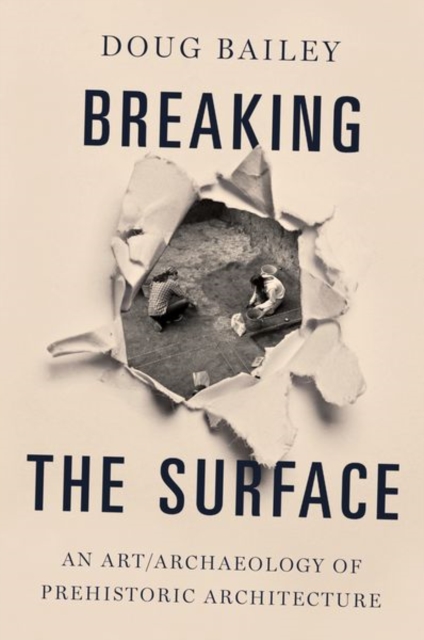
Breaking the Surface : An Art/Archaeology of Prehistoric Architecture Paperback / softback
by Doug (Professor of Visual Archaeology and Anthropology, Department of Anthropology, Professo Bailey
Paperback / softback
Description
In Breaking the Surface, Doug Bailey offers a radical alternative for understanding Neolithic houses, providing much-needed insight not just into prehistoric practice, but into another way of doing archaeology.
Using his years of fieldwork experience excavating the early Neolithic pit-houses of southeastern Europe, Bailey exposes and elucidates a previously under-theorized aspect of prehistoric pit construction: the actions and consequences of digging defined as breaking the surface of the ground.
Breaking the Surface works through the consequences of this redefinition in order to redirect scholarship on the excavation and interpretation of pit-houses in Neolithic Europe, offering detailed critiques of current interpretations of these earliest European architectural constructions. The work of the book is performed by juxtaposing richly detailed discussions of archaeological sites (Etton and The Wilsford Shaft in the UK, and Magura in Romania), with the work of three artists-who-cut (Ron Athey, Gordon Matta-Clark, Lucio Fontana), with deep and detailed examinations of the philosophy of holes, the perceptual psychology of shapes, and the linguistic anthropology of cutting and breaking words, as well as with cultural diversity in framing spatial reference and through an examination of pre-modern ungrounded ways of living.
Breaking the Surface is as much a creative act on its own -- in its mixture of work from disparate periods and regions, its use of radical text interruption, and its juxtaposition of text and imagery -- as it is an interpretive statement about prehistoric architecture.
Unflinching and exhilarating, it is a major development in the growing subdiscipline of art/archaeology.
Information
-
Out of stock
- Format:Paperback / softback
- Pages:360 pages
- Publisher:Oxford University Press Inc
- Publication Date:28/06/2018
- Category:
- ISBN:9780190611880
Information
-
Out of stock
- Format:Paperback / softback
- Pages:360 pages
- Publisher:Oxford University Press Inc
- Publication Date:28/06/2018
- Category:
- ISBN:9780190611880






